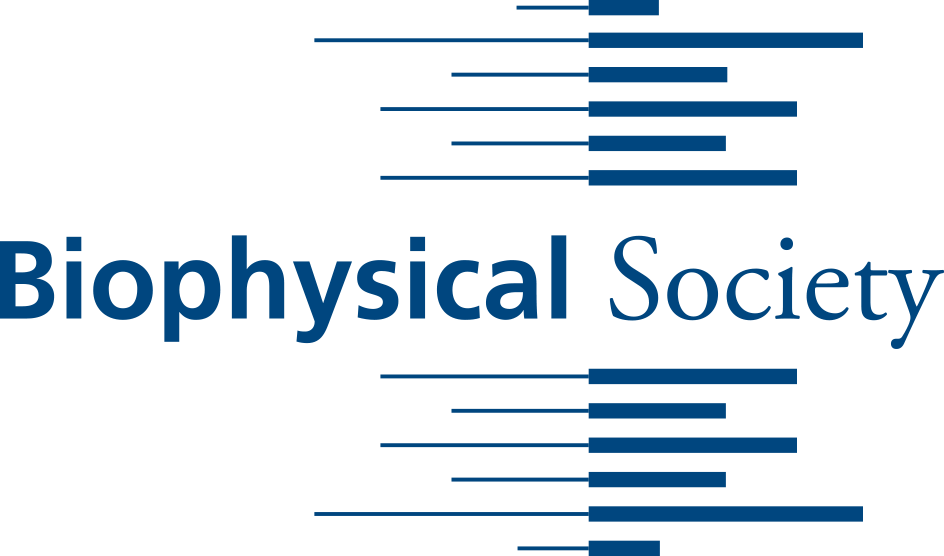Fluorescing Food Dyes as Probes to Improve Food Quality
Biophysical SocietyFood dyes can give cakes, candy and sodas brilliant colors of the rainbow. Now a team of food scientists at Rutgers University in New Jersey has found that food coloring may be able to play more than its traditional esthetic role in food presentation.
